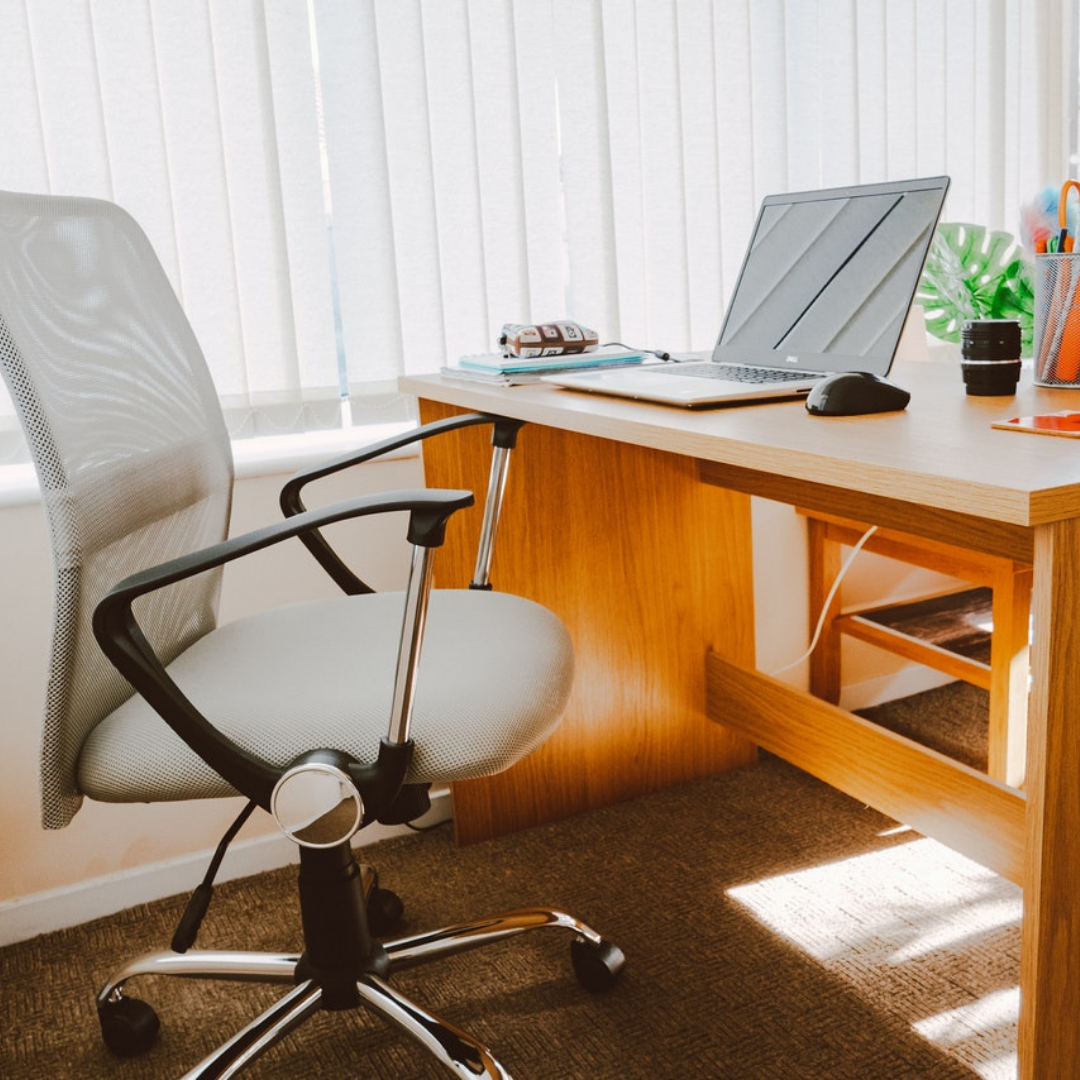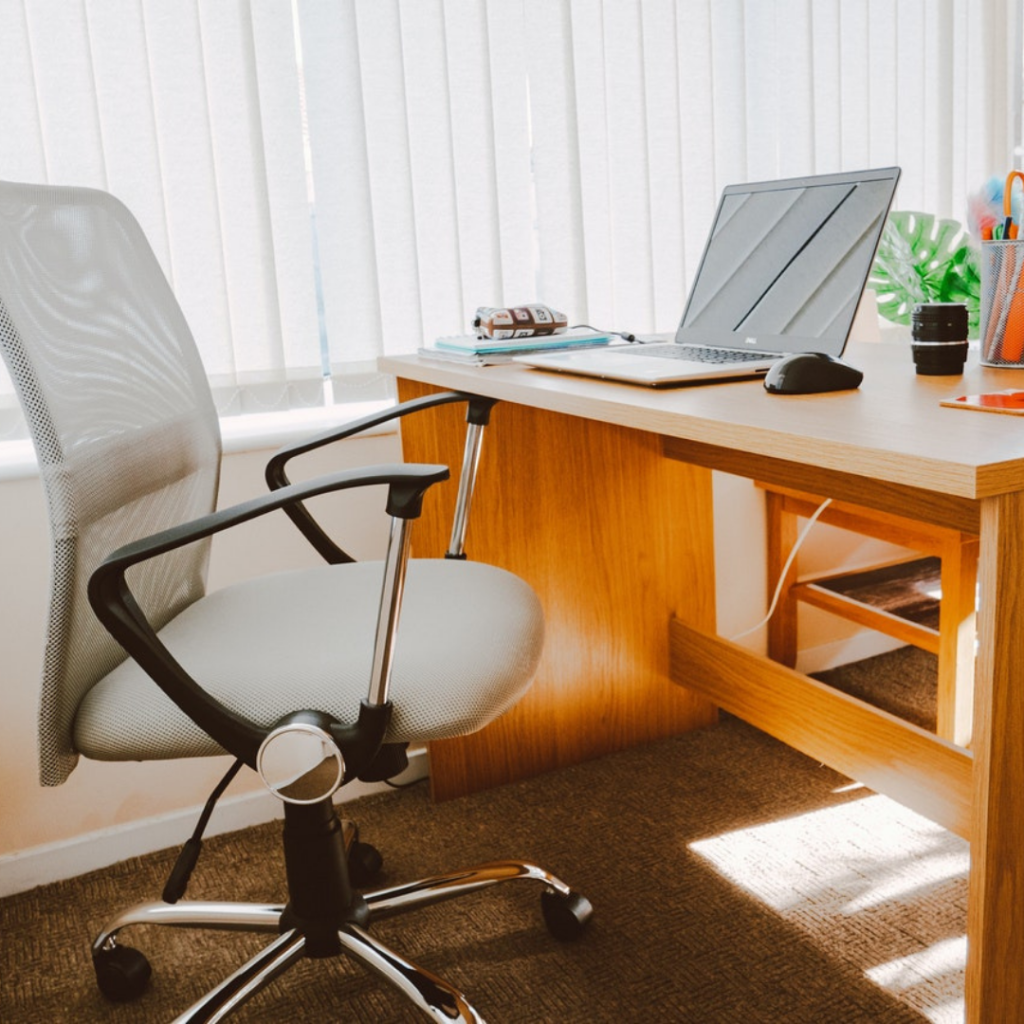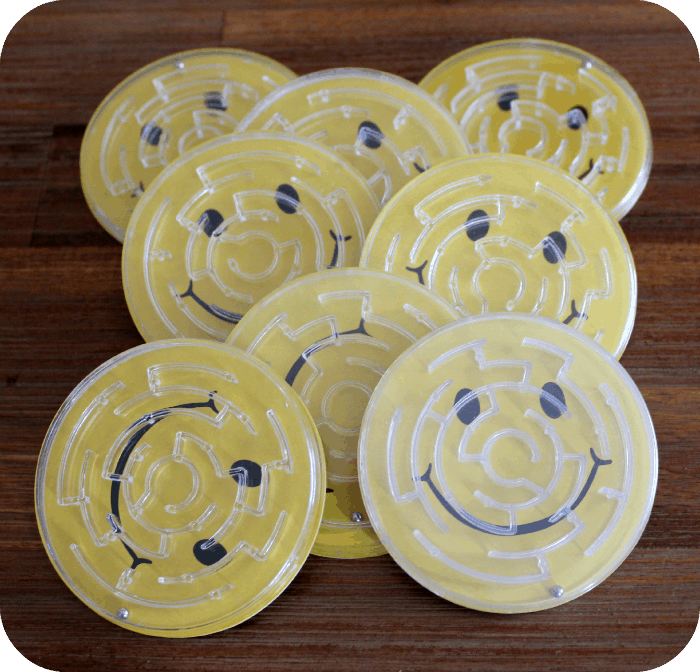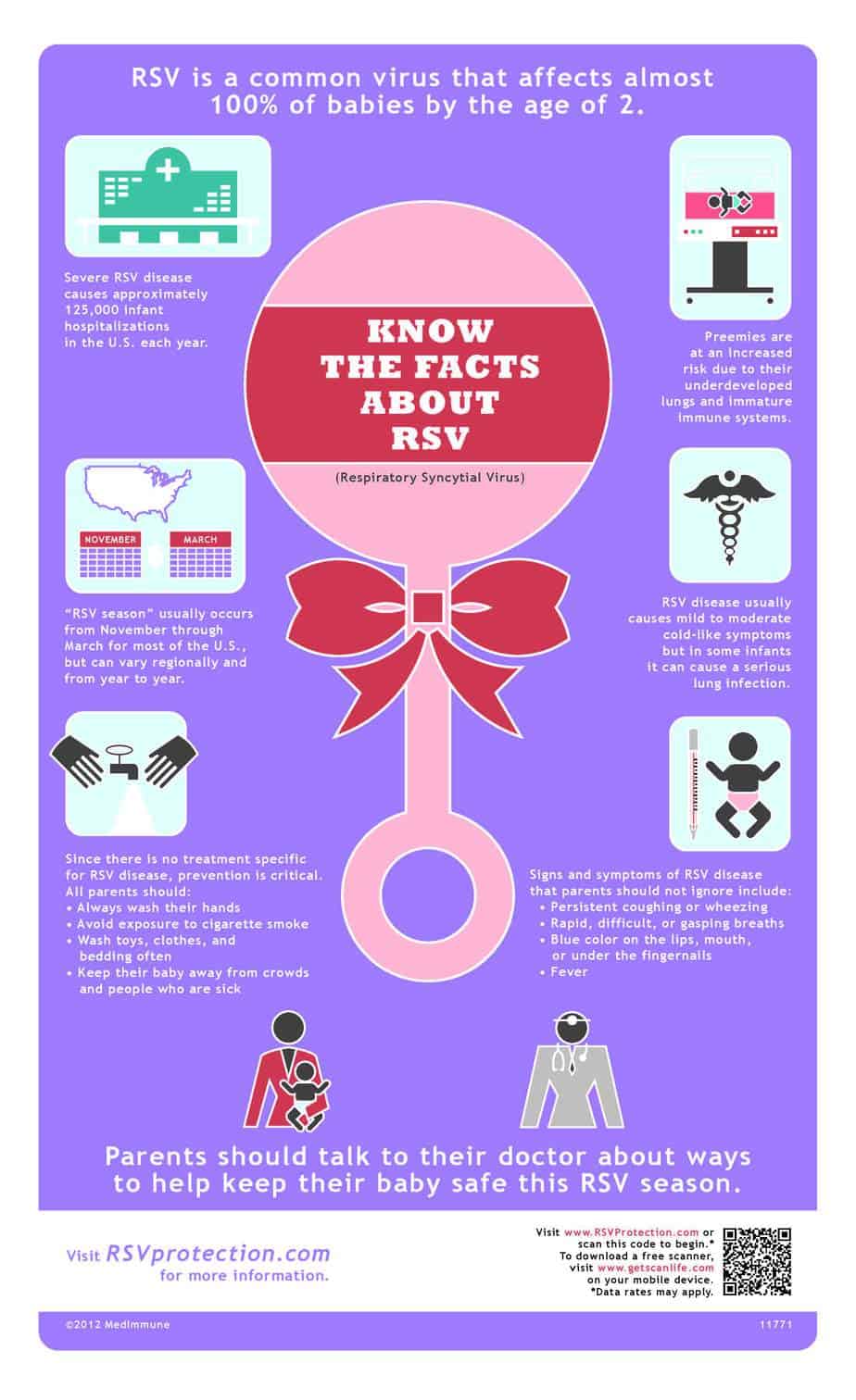What Do You Need To Start Homeschooling Your Kid?

When it comes to homeschooling, there are plenty of helpful tips and ideas on how to best structure your days, keep your kids motivated, and give a more complete learning experience. However, if you’re just getting started, then you need to start from the start and ask yourself: what do you actually need in order to homeschool your child? What are the resources you need, the physical tools, as well as the frameworks you should have in order to make it a success? Here, we’re going to look at some of the answers.
An understanding of the requirements
Homeschooling is entirely legal across the country. However, depending on which state you are in, you might need to follow some regulations to ensure that you’re doing it lawfully. In a lot of places, you have to formally withdraw your child from student enrolment. Some states might require your child to be formally tested at different stages to ensure that they’re getting the education that they need, as well. In some states, the qualifications of the parent/s doing the teaching might be a point of concern, as well, as some might require you to be able to demonstrate competence, such as by having a high school diploma. You need to know what the requirements and regulations are where you live.
A working curriculum
One of the most intimidating steps, when you’re putting together your homeschooling setup, is to compile the curriculum of what your child is going to be learning over the upcoming year. There are many different approaches to do it, but a lot of parents will choose to keep the curriculum somewhat similar to what their child would be learning in school with a few small changes. You might also want to take a look at what’s going to be tested if the state requires it or if you’re looking to get accreditation for your child. Choosing your homeschool curriculum is one of the biggest decisions you will be making during the whole process so take your time and research your options thoroughly.
Your school supplies
Of course, you’re going to need plenty of school supplies to make sure that you’re able to get through the year, as well. You might be surprised by just how much you need. It’s not all just pens, pencils, and school notebooks. You’re going to need erasers, and pencil sharpeners, you might need art supplies if you’re planning to provide some creative education, not to mention things like glue and scissors. You’re going to need mathematical equipment as they get older, such as rulers, protractors, calculators, and more. You have the teaching side of things, as well, such as a whiteboard or chalkboard, flashcards, markets, and more. There are lists for the essential supplies that you might need, so be sure to do a little reading and take notes.
The learning resources
Of course, you’re going to need more than just supplies for them to do their work. You’re going to need the resources that they’re going to actually be looking at and learning from, as well. As good as your own education may or may not be, you’re likely to be doing a lot of your work from resources such as textbooks and worksheets, taking the time to further explain what’s already written within them. To that end, there’s no shortage of both paid and free educational resources that you can find on the internet or in local supply stores. Make sure that you’re stocking up based on the demands of your curriculum. Just don’t be surprised by the costs for some of the more established textbooks out there.
The right environment
What you learn is important, but where you learn it is just as vital, as well. Of course, you’re likely to be doing most of the educating from home, hence the name “homeschooling”, but what space is best suited for your learning endeavors? You’re going to need space for the furniture that we’re going to talk about, as well as things like your whiteboard/chalkboard and more. But you need to make sure that the space is free from distraction and set up to offer a good educational experience, as well. Some distance or at least privacy is recommended, as you want to choose a space that isn’t open to distraction by sights and sounds from the rest of the home or the outdoors.
An organized workspace
Beyond the environment, you need to look at how you set up the workspace itself, as well. The most important thing is choosing the right desk for the homeschooling/study area. Some parents will go the whole hog and get a desk you might see in any old classroom but if you have a little more space than that, why not use it? A good study desk will offer plenty of room to work, as well as space to keep the resources and supplies they can rely upon without boxing them in too much, as well as space for things like a lamp that can maintain good visibility.
When it comes to homeschooling, there are plenty of helpful tips and ideas on how to best structure your days, keep your kids motivated, and give a more complete learning experience. However, if you’re just getting started, then you need to start from the start and ask yourself: what do you actually need in order to homeschool your child? What are the resources you need, the physical tools, as well as the frameworks you should have in order to make it a success? Here, we’re going to look at some of the answers.
An understanding of the requirements
Homeschooling is entirely legal across the country. However, depending on which state you are in, you might need to follow some regulations to ensure that you’re doing it lawfully. In a lot of places, you have to formally withdraw your child from student enrolment. Some states might require your child to be formally tested at different stages to ensure that they’re getting the education that they need, as well. In some states, the qualifications of the parent/s doing the teaching might be a point of concern, as well, as some might require you to be able to demonstrate competence, such as by having a high school diploma. You need to know what the requirements and regulations are where you live.
A working curriculum
One of the most intimidating steps, when you’re putting together your homeschooling setup, is to compile the curriculum of what your child is going to be learning over the upcoming year. There are many different approaches to do it, but a lot of parents will choose to keep the curriculum somewhat similar to what their child would be learning in school with a few small changes. You might also want to take a look at what’s going to be tested if the state requires it or if you’re looking to get accreditation for your child. Choosing your homeschool curriculum is one of the biggest decisions you will be making during the whole process so take your time and research your options thoroughly.
Your school supplies
Of course, you’re going to need plenty of school supplies to make sure that you’re able to get through the year, as well. You might be surprised by just how much you need. It’s not all just pens, pencils, and school notebooks. You’re going to need erasers, and pencil sharpeners, you might need art supplies if you’re planning to provide some creative education, not to mention things like glue and scissors. You’re going to need mathematical equipment as they get older, such as rulers, protractors, calculators, and more. You have the teaching side of things, as well, such as a whiteboard or chalkboard, flashcards, markets, and more. There are lists for the essential supplies that you might need, so be sure to do a little reading and take notes.
The learning resources
Of course, you’re going to need more than just supplies for them to do their work. You’re going to need the resources that they’re going to actually be looking at and learning from, as well. As good as your own education may or may not be, you’re likely to be doing a lot of your work from resources such as textbooks and worksheets, taking the time to further explain what’s already written within them. To that end, there’s no shortage of both paid and free educational resources that you can find on the internet or in local supply stores. Make sure that you’re stocking up based on the demands of your curriculum. Just don’t be surprised by the costs for some of the more established textbooks out there.
The right environment
What you learn is important, but where you learn it is just as vital, as well. Of course, you’re likely to be doing most of the educating from home, hence the name “homeschooling”, but what space is best suited for your learning endeavors? You’re going to need space for the furniture that we’re going to talk about, as well as things like your whiteboard/chalkboard and more. But you need to make sure that the space is free from distraction and set up to offer a good educational experience, as well. Some distance or at least privacy is recommended, as you want to choose a space that isn’t open to distraction by sights and sounds from the rest of the home or the outdoors.
An organized workspace
Beyond the environment, you need to look at how you set up the workspace itself, as well. The most important thing is choosing the right desk for the homeschooling/study area. Some parents will go the whole hog and get a desk you might see in any old classroom but if you have a little more space than that, why not use it? A good study desk will offer plenty of room to work, as well as space to keep the resources and supplies they can rely upon without boxing them in too much, as well as space for things like a lamp that can maintain good visibility.

Comfortable furniture
While it might be impossible to stop your child from ever complaining about the work they have to do or their want to go outside and play during school hours at least once during your homeschooling experience, you should make sure that a sore back isn’t one of their complaints. Choosing ergonomic seating is important, as it can help your child support their back and head, keeping them more engaged in studying without risking their health. Of course, it’s important to get up and stretch your legs together at least every hour, as well. Comfort should be a priority. While children might not be exactly as at risk of an injury due to sitting too much, it can still happen.
The right tech
One of the best homeschooling tips you’re going to learn is that the internet is your friend. You should anticipate that you’re going to have to deliver all of the lessons in the traditional way of a teacher repeating them to a student. A good PC or laptop with decent wifi can help connect you to so many educational resources that it would be wasteful not to make use of them. This can include things like educational apps that deliver lessons for you, access to tutors who specialize in certain subjects, encyclopedias, and the ability for your child to research for things like their term papers. Just make sure you have the right parental controls set up so that they can’t waste their time on during “school hours.”
Accreditation
To some people, the process of education and the actual learning that the child does may very well be the focus of the homeschooling efforts, but you might also want to make sure that your child gets the accreditation that they have earned from their hard work. This is especially true if you want them to continue to higher education, as they are going to need to prove what they have learned to get into college or into other forms of further education. There are accredited homeschooling programs that usually rely on examinations or other forms of tests to ensure that your child is able to demonstrate a knowledge of the subjects they have learned.
There may be other tools and resources that you should look to in order to ensure the best homeschooling experience. However, the above tips cover, at least, the very basics of how to start homeschooling.
Comfortable furniture
While it might be impossible to stop your child from ever complaining about the work they have to do or their want to go outside and play during school hours at least once during your homeschooling experience, you should make sure that a sore back isn’t one of their complaints. Choosing ergonomic seating is important, as it can help your child support their back and head, keeping them more engaged in studying without risking their health. Of course, it’s important to get up and stretch your legs together at least every hour, as well. Comfort should be a priority. While children might not be exactly as at risk of an injury due to sitting too much, it can still happen.
The right tech
One of the best homeschooling tips you’re going to learn is that the internet is your friend. You should anticipate that you’re going to have to deliver all of the lessons in the traditional way of a teacher repeating them to a student. A good PC or laptop with decent wifi can help connect you to so many educational resources that it would be wasteful not to make use of them. This can include things like educational apps that deliver lessons for you, access to tutors who specialize in certain subjects, encyclopedias, and the ability for your child to research for things like their term papers. Just make sure you have the right parental controls set up so that they can’t waste their time on during “school hours.”
Accreditation
To some people, the process of education and the actual learning that the child does may very well be the focus of the homeschooling efforts, but you might also want to make sure that your child gets the accreditation that they have earned from their hard work. This is especially true if you want them to continue to higher education, as they are going to need to prove what they have learned to get into college or into other forms of further education. There are accredited homeschooling programs that usually rely on examinations or other forms of tests to ensure that your child is able to demonstrate a knowledge of the subjects they have learned.
There may be other tools and resources that you should look to in order to ensure the best homeschooling experience. However, the above tips cover, at least, the very basics of how to start homeschooling.





